SHARE

Think You Know the Difference Between a UX/UI Designer and Art Director? Think Again

Ask five product teams what a designer does, and you’ll hear five different job descriptions. The confusion peaks when people lump a UX/UI designer and Art Director into one role. While they share an eye for layout, their day‑to‑day goals, metrics, and skill sets diverge sharply. A UX/UI designer studies how users think, optimizes every click, and delivers friction-free UX/UI design. An art director shapes the visual mood, selects imagery, and ensures the brand voice remains consistent across all its appearances. Treating them as interchangeable swaps clarity for chaos and slows launches; you cannot afford to miss them.
This guide breaks down the distinction in plain language, provides a comparison table, and shows how to determine which expert—or combination—best fits your next project. Expect straight facts, real examples, and practical tips you can apply today.
Table of Contents
1. Role Definitions

UX/UI Designer—The Usability Architect
- Primary goal: Turn complex ideas into clear, intuitive screens.
- Key tasks: User interviews, personas, information architecture, wireframes, interactive prototypes, and usability testing.
- Success metrics: Task‑completion rate, error frequency, time on task, Net Promoter Score.
- Typical tools: Figma, Axure, Hotjar, Miro, and accessibility checkers.
A UX/UI designer is measured by how little a user notices the interface. The smoother the journey, the better the craft.
Art Director—The Visual Storyteller
- Primary goal: Craft a unified, memorable visual language that sparks emotion.
- Key tasks: Mood boards, photo direction, typography selection, brand style guides, and campaign concepts.
- Success metrics: Brand recall, visual consistency, shareability, and campaign engagement.
- Typical tools: Photoshop, Illustrator, After Effects, Lightroom, and style‑guide platforms.
An art director judges success by how quickly someone feels the brand’s personality, whether on a billboard or inside the app.
2 . Side‑by‑Side Comparison

| Focus Area | UX/UI Designer | Art Director |
|---|---|---|
| North Star question | “Can users finish the task without friction?” | “Does every visual element tell the same brand story?” |
| Primary deliverables | Personas, user flows, prototypes, A/B test reports | Hero images, ad concepts, color systems, motion guidelines |
| Core skills | Research, interaction design, accessibility, micro‑copy | Visual storytelling, typography, photography, motion art |
| Critical software | Figma, Axure, Maze, Lookback | Photoshop, Illustrator, After Effects |
| Daily feedback source | Usability metrics and heat maps | Brand mood boards and creative briefs |
| Career ladder | UX researcher → UX/UI designer → Product Design Lead | Senior Designer → Art Director → Creative Director |
3. Why Mixing the Roles Hurts Results
- Cluttered screens: When visual flourish overrides user flows, critical actions sink below decorative elements.
- Brand drift: A usability-only focus risks overlooking voice, tone, and emotional connection, resulting in a bland “one‑size‑fits‑none” product.
- Delays and rework: A single person toggling between user tests and photo shoots spends too much time context‑switching, stretching deadlines.
- Budget leaks: Rewriting code after a last-minute brand overhaul is far pricier than planning with both specialists aligned.
Investing in distinct experts often costs less than paying for late‑stage fixes.
4. Ripple Effects on the Product Life Cycle

| Stage | Contribution of UX/UI Designer | Contribution of Art Director |
|---|---|---|
| Discovery | User interviews reveal pain points. | A brand audit captures visual gaps. |
| Concept | Wireframes outline flows; prototypes test them quickly. | Mood boards set color, image, and typography direction. |
| Build | The component library tracks states and interactions. | The visual system locks imagery, motion, and layout rules. |
| Launch | Usability QA validates journey metrics. | Campaign visuals drive attention and downloads. |
| Growth | A/B tests iterate flows for higher retention. | New creative keeps visuals fresh without breaking style. |
When both roles act in sync, every release feels familiar yet improved—critical for products seeking long‑term loyalty.
Also Read: UI/UX Developer vs. UI/UX Designer
5. Real‑World Examples
FinTech Onboarding Overhaul
A banking startup struggled with a six‑minute sign‑up. The UX/UI designer removed redundant fields, added automatic card scanning, and displayed inline error messages. The art director introduced a calm blue palette, rounded card visuals, and micro‑animations that symbolized security. Sign-up completion jumped by 28%, support tickets for “setup confusion” dropped by half, and social media buzz praised both the speed and trustworthy appearance.
Retail Holiday Lookbook
An apparel brand released an AR try‑on feature. The designer mapped thumb‑friendly swipe gestures and ensured a three‑tap purchase flow. Meanwhile, the art director led a warm, film‑grade photoshoot, selected a bold serif headline, and added subtle snowfall motion to hero images. The campaign doubled share rates and sold out three collections in two weeks, proof that clear UX and compelling visuals drive revenue together.
6. Deciding Which Expert to Hire and When
- Prototype stage: Prioritize a UX/UI designer who can validate the concept quickly and cost-effectively.
- Brand relaunch: Lead with an art director, then bring in a designer to adapt new assets into interactive flows.
- Feature sprint: Focus on the designer to maintain interaction logic, with art‑direction oversight for new graphics.
- Marketing surge: Let the art director craft visuals for ads and landing pages, while the designer embeds those assets into the product journey.
If budgets are limited, hire a seasoned UX/UI designer who respects brand fundamentals, and then schedule a targeted art direction sprint. Agencies offering UI/UX design services package both skill sets, plus research and development, reducing vendor management headaches.
7. Collaborative Best Practices
- Unified design tokens
- Designers track states (hover, pressed, disabled).
- Art directors lock the palette, motion feel, and imagery style.
- Accessibility as a joint metric
- Designers test keyboard and screen-reader flows.
- Art directors ensure color contrast and motion limitations are met.
- Conflict resolution protocol
- Use usability data, along with brand guidelines, to break ties.
- Regular reviews ensure that both experts remain aligned on release goals.
8. Emerging Trends Both Roles Should Watch
- AI‑assisted layouts generate quick wireframes, freeing designers to focus on deeper user insights.
- Generative imagery speeds concept art, but human art directors still curate the final look.
- Voice interfaces demand conversation mapping from designers and persona tone from art directors.
- Design systems at scale require two guardians: interaction logic on one side and style integrity on the other.
Staying ahead of these trends ensures the product remains current without falling prey to fleeting trends and gimmicks.
9. Common Pitfalls and How to Avoid Them
- Role overload: Expecting one person to master both advanced UX/UI design and high-end art direction risks burnout and shallow work.
- Skipping research: Glossy visuals cannot compensate for confusing flows; data always beats decoration.
- Late brand entry: Calling an art director after developers start coding triggers expensive reskins.
- Accessibility gaps: Unchecked contrast or motion can hurt both user experience and brand reputation.
- Visual overkill: Heavy textures or animations slow load times, negating the designer’s performance wins.
Plan, keep remittances clear, and revisit your process quarterly to stay on track.
Conclusion
Viewing a UX/UI designer and Art Director as the same hire is like expecting one engineer to build both your front-end interface and your ad campaign visuals. Each discipline unlocks different value: the designer clears the path, and the art director lights it in brand colors. Respect the distinction, align them early, and your product will resonate in both function and feeling. If you need guidance or turnkey UI/UX design services, let’s talk to Diligentic Infotech and start shaping experiences that users will remember.
FAQs
Will AI replace these roles?
AI automates low-level tasks—such as layouts and color suggestions—but strategy and emotion remain human strengths.
Who owns the style guide?
The art director defines the visual voice; the UX/UI designer documents interactive behavior and states. Each safeguards a piece of the puzzle.
Do small projects need art direction?
Even a two‑page landing site benefits from consistent imagery and type. A short art‑direction sprint goes a long way.
Where do UI/UX design services fit?
Agencies bundle both roles so you don’t juggle freelancers. They scale up for complex apps, marketing pushes, or multi‑language branding.
Engage with our experts
Subscribe to our newsletter!
Be the first to get exclusive offers and the latest news.
Posted on 17 Mar 2025
UI/UX Developer vs. UI/UX Designer: What’s the Difference?
When it comes to building digital products, both UI/UX Developers and UI/UX Designers play crucial roles. However, their responsibilities, skills, and contributions to a project are different. While both work towards creating user-friendly experiences, their approaches are different.
Posted on 12 Feb 2025
What is a Wireframe? Types of Wireframes You Should Know
When designing a website or app, it’s important to have a clear plan before starting the development process. That’s where wireframes come in. They act as blueprints that show how the layout, structure, and key elements of a digital product will be arranged.
Posted on 10 Dec 2024
Understanding the Difference Between Web Designer and UI/UX Designer
Web designers and UI/UX designers are often mistaken for the same role but have distinct responsibilities and skill sets. Knowing these differences is essential for businesses and individuals aiming to create effective and engaging digital experiences.

Reach out
Let’s Start Together
We're a collective of high caliber designers, developers, creators, and geniuses. We thrive off bouncing your ideas and opinions with our experience to create meaningful digital products and outcomes for your business.
Phone Number
+1 (825) 760 1797
hello[at]diligentic[dot]com
